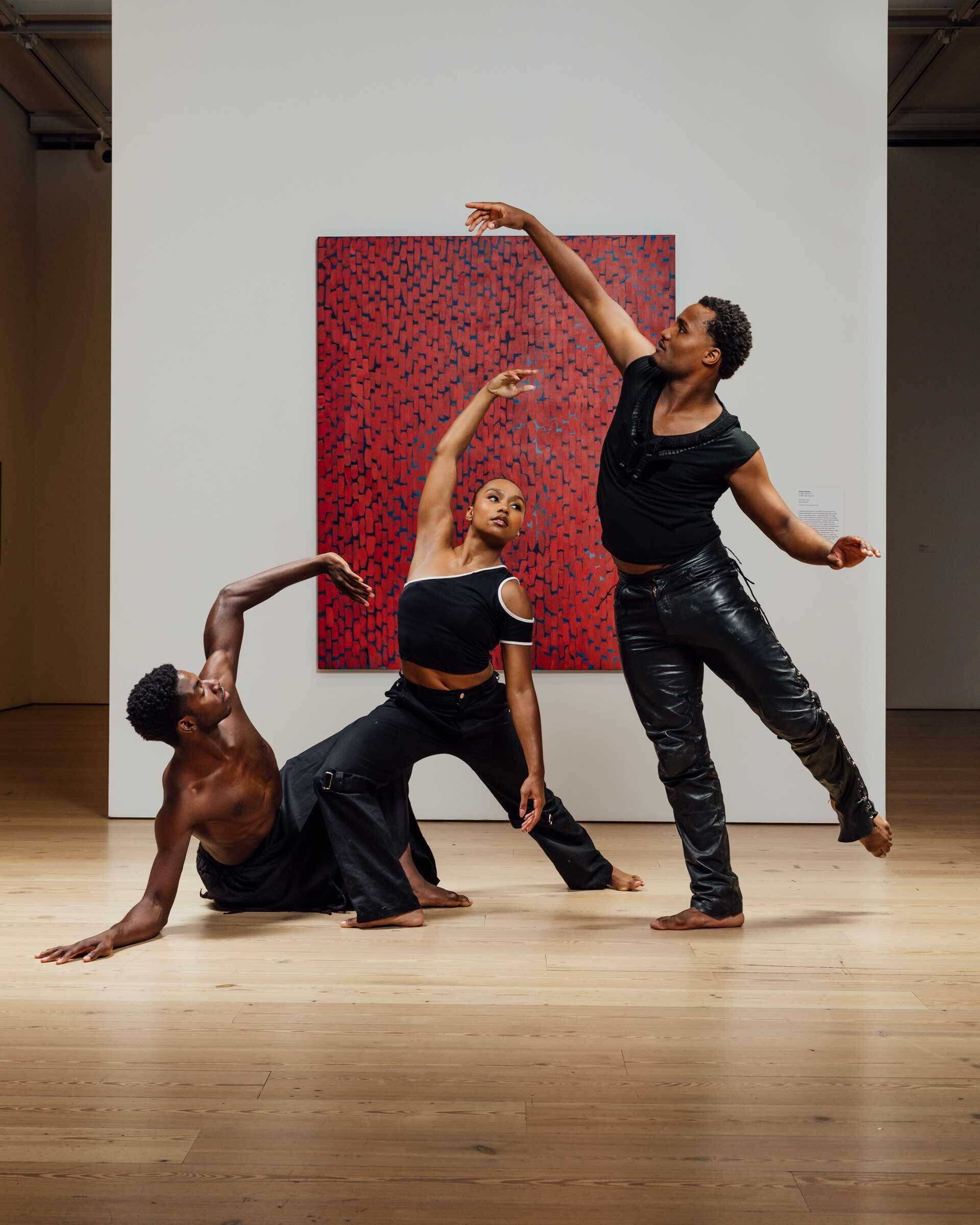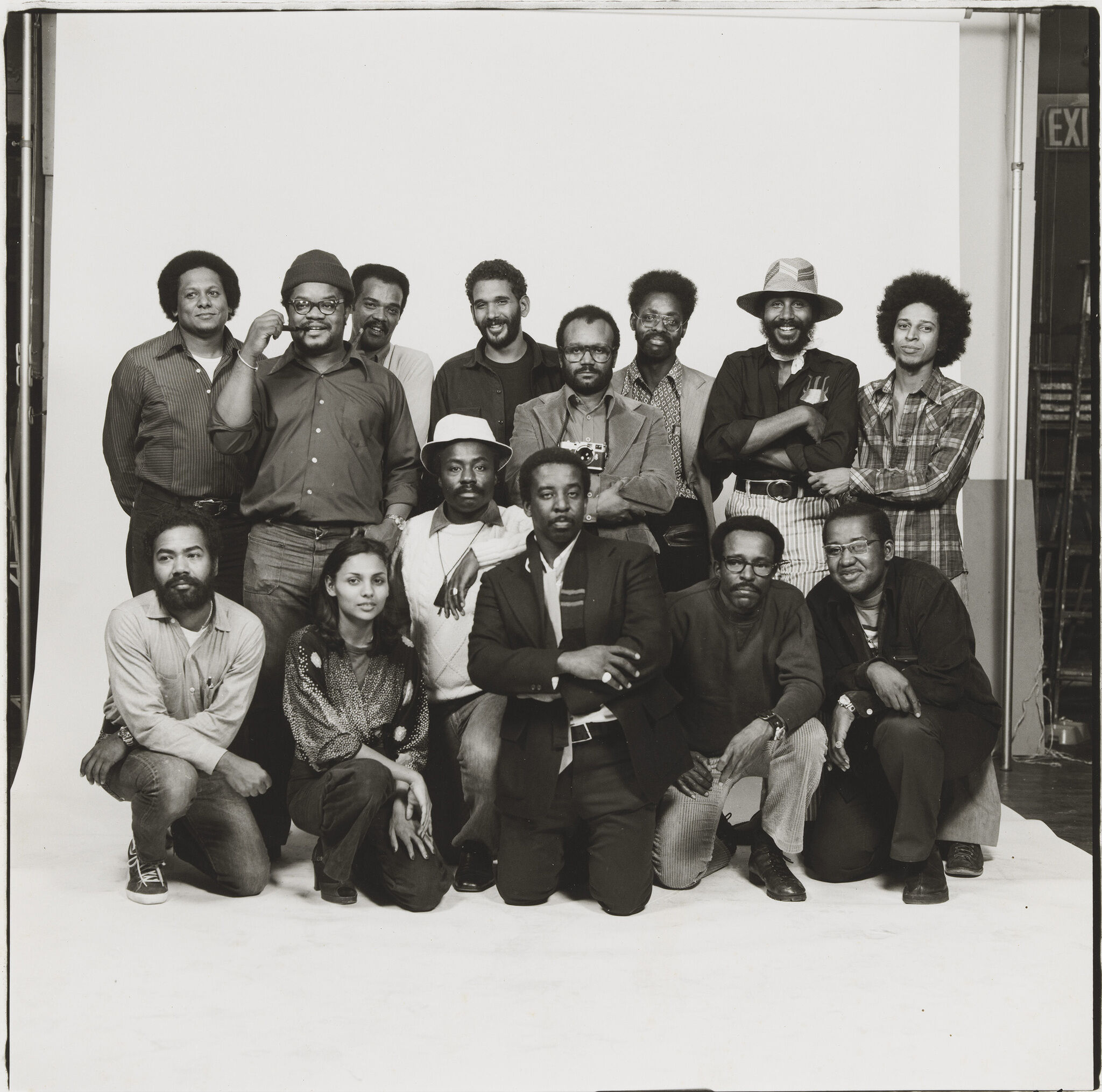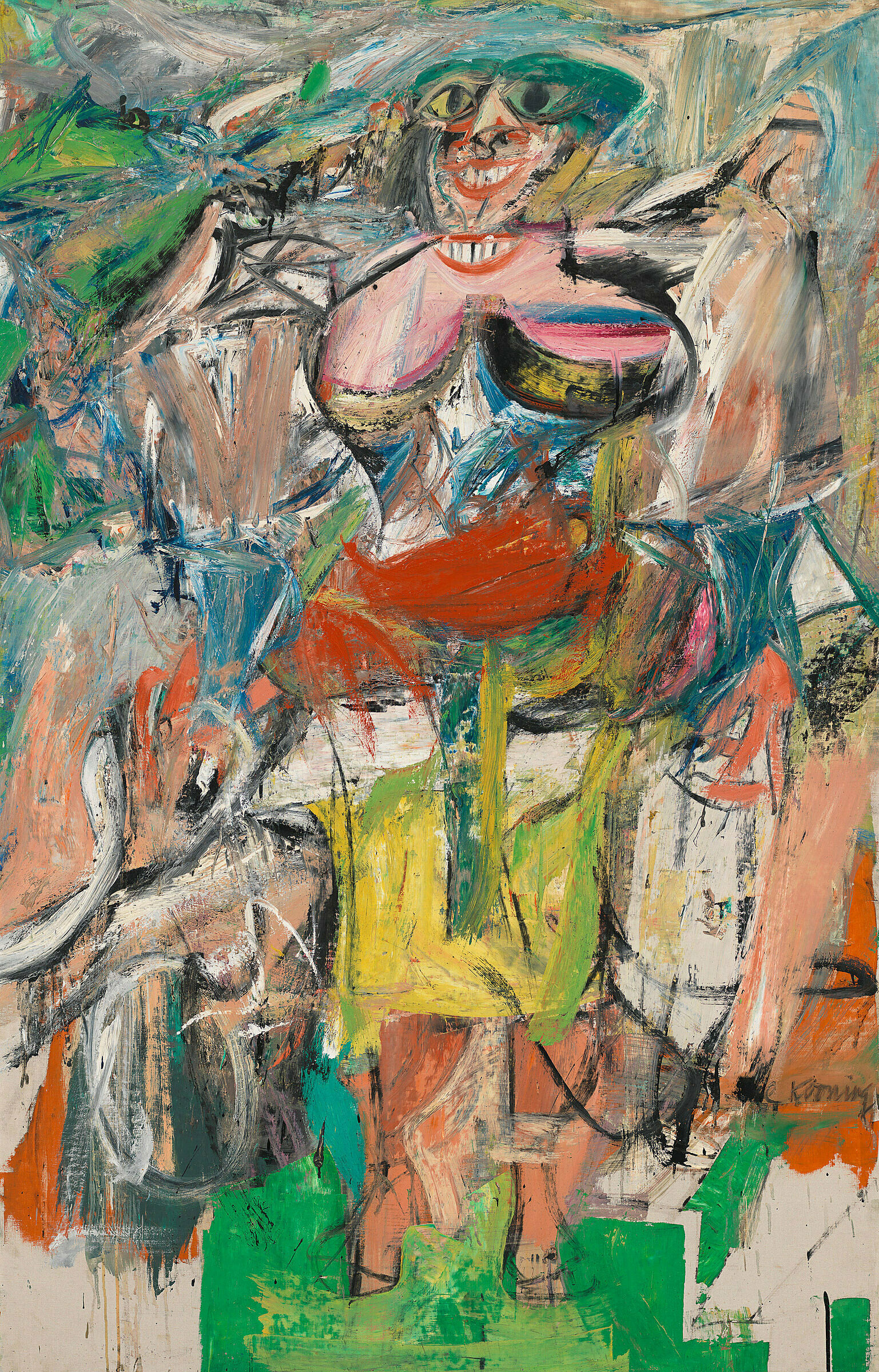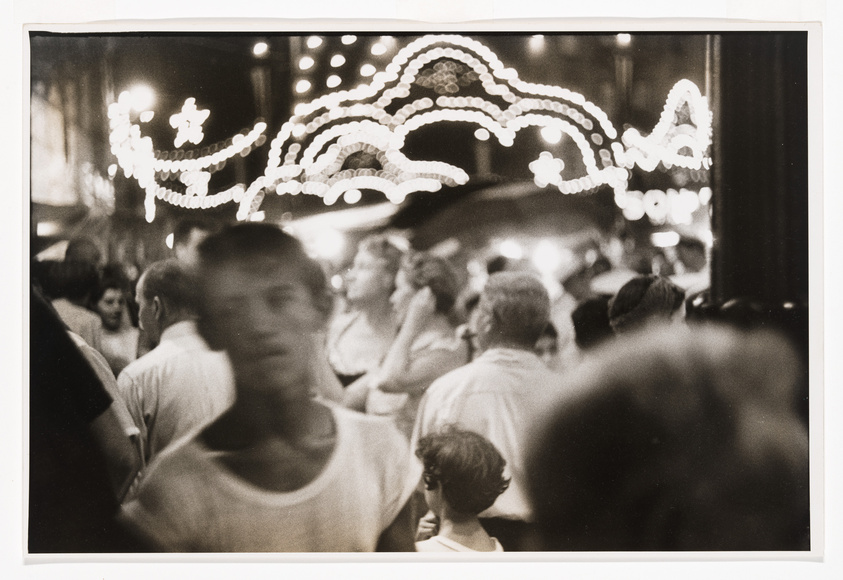Roy DeCarava
1919–2009
Raised by his mother, who had emigrated from Jamaica, Roy DeCarava studied painting and lithography at New York’s Cooper Union from 1938 to 1940 before leaving for the Harlem Art Center and the George Washington Carver School, where he encountered the work of Romare Bearden, Jacob Lawrence, and Langston Hughes. DeCarava began making photographs in the mid-1940s as studies for prints and paintings, and by the end of the decade he had turned his full attention to the medium. In 1952 he became the first African American photographer to receive a Guggenheim fellowship. The award allowed him to continue photographing subjects in Harlem, a project he described as “a creative expression, the kind of penetrating insight and understanding of Negroes which I believe only a Negro photographer can interpret.”
Previous studies of Harlem, such as the Photo League’s “Harlem Document,” undertaken in the late 1930s under the direction of Aaron Siskind, had followed the documentary mode. In marked contrast to such projects, DeCarava poetically recorded everyday life in his own neighborhood. This picture of a woman peering down her apartment building stairwell appeared in his 1955 book The Sweet Flypaper of Life, with text by the poet Langston Hughes. The photographer produced a number of pictures in the home of Sam and Shirley Murphy and their two children. DeCarava captured not only moments of intimacy within an African American family but also the subjectivity and introspection of individual members of a community.
Introduction
Roy Rudolph DeCarava (December 9, 1919 – October 27, 2009) was an American artist. DeCarava received early critical acclaim for his photography, initially engaging and imaging the lives of African Americans and jazz musicians in the communities where he lived and worked. Over a career that spanned nearly six decades, DeCarava came to be known as a founder in the field of black and white fine art photography, advocating for an approach to the medium based on the core value of an individual, subjective creative sensibility, which was separate and distinct from the "social documentary" style of many predecessors.
Wikidata identifier
Q2475981
Information from Wikipedia, made available under the Creative Commons Attribution-ShareAlike License . Accessed November 25, 2025.
Introduction
Roy DeCarava, best known as a photographer, recorded the Harlem in which he grew up. He was trained at the Harlem Community Art Center from 1940-1942, but left to serve in the United States Army as a topographical draftsman in 1943. Then, in 1944-1945 he took classes at the George Washington Carver Art School. DeCarava is best known as a photographer, but he produced a variety of artworks with different mediums.
Country of birth
United States
Roles
Artist, commercial artist, graphic artist, illustrator, lecturer, photographer, professor, sign painter
ULAN identifier
500095793
Names
Roy DeCarava, Roy De Carava, Roy Rudolph DeCarava, Rudolph DeCarava, Rudolph DeaCarava
Information from the Getty Research Institute's Union List of Artist Names ® (ULAN), made available under the ODC Attribution License. Accessed November 25, 2025.






